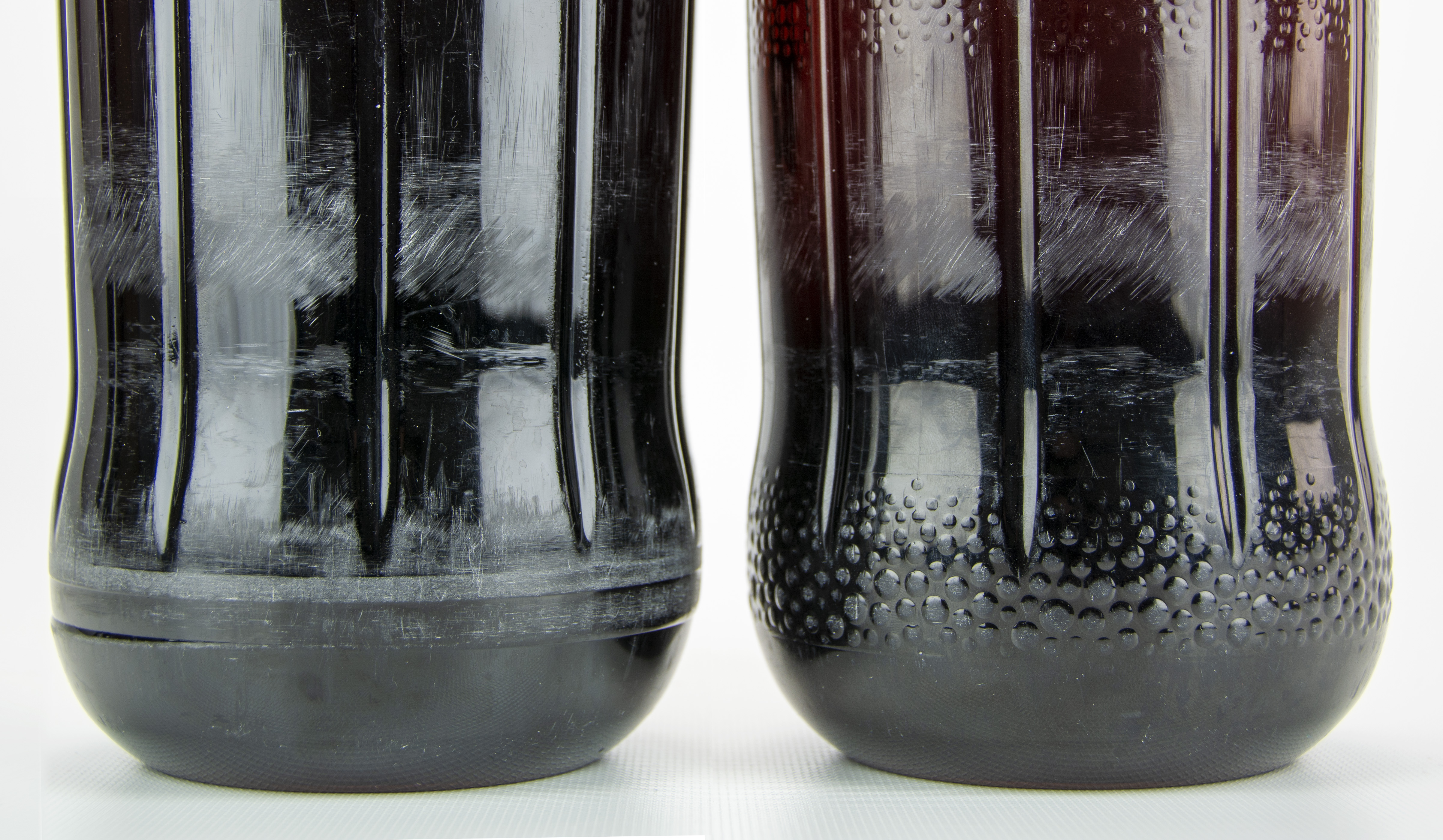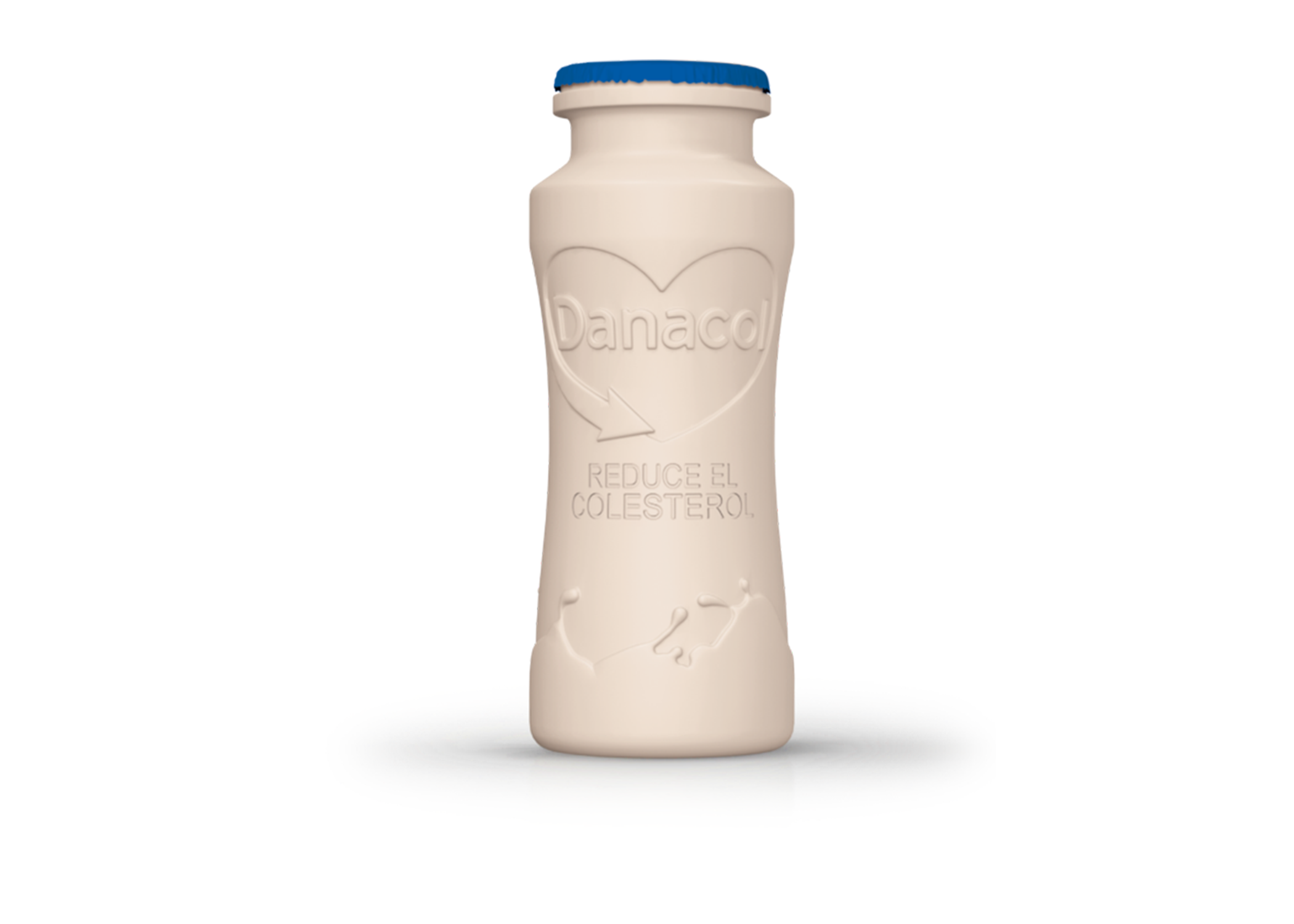Augmented and Virtual Reality at Graham
You may think of virtual reality as something that seems more suited for the video game world than the plastics packaging industry, but both virtual reality and augmented reality are two powerful tools that Graham is adding to its toolbox. From remote assistance and maintenance to training new employees, Graham is working on incorporating this potent technology even further into our operations.
Though they often get mixed up with one another, virtual reality and augmented reality are two different types of technologies that are equally important to Graham, according to Marcin Radomski, Senior Mold Designer and Process Improvement Leader. Augmented reality adds digital elements to real-world view by using either a special set of glasses or the camera on a smartphone. Examples of augmented reality experiences include things like the game Pokémon Go or social media filters. Virtual reality instead is a complete immersion experience into a three-dimensional, computer-generated environment that shuts out the physical world. To interact with this virtual reality world, the user has to wear a special headset device that takes the user into a totally different environment.
Graham is currently using virtual and augmented reality in a handful of plants around the world in a variety of ways, including for collaborative maintenance and repair where frontline workers can collaborate with remote experts on a PC or mobile device to troubleshoot issues.
Virtual training is another area of opportunity. Radomski notes that virtual reality could be used for everything from training new hires on how to use specific machinery to allowing maintenance teams to virtually practice the process of fixing a complicated piece of equipment, without the risk of harming themselves or the machine.
“It empowers the technicians to collaborate more efficiently by working together from different locations,” says Radomski. “You can learn by doing.”

Though Graham is already using the technology for maintenance repairs, troubleshooting and real-world training, there are several different possibilities it is also investigating, including things like safety training.
“Imagine that instead of just watching a video talking about fire safety that the employee can wear a pair of virtual reality glasses to simulate a fire situation and how to properly react,” says Radomski. “This creates a much more realistic scenario that is more engaging and doesn’t put the employee in harm’s way.”
Radomski notes that the technology can also be used for building different soft skills. For example, now living in a COVID world, there is an opportunity to take videoconferencing to the next level with virtual reality. Instead of just sitting in front of a computer, all of the participants in a meeting could instead wear virtual reality glasses that let the users actually see and interact with each other.
“Remote users can collaborate, search, brainstorm and share content as if they were in the same room,” says Radomski. “Augmented reality can be helpful as a tool for effective teamwork.”
Not only can the technology be used internally, but its use also will make a big difference for customers. Virtual and Augmented Reality could let Graham optimize the inspection process, thereby reducing the time to market for customers, and helps it meet its sustainability goals by reducing the use of paper. Additionally, using Augmented Reality will help ensure Graham provides a consistent and reliable supply of products to customers since the technology allows the company to respond and solve complex issues quickly by leveraging its global subject matter experts – wherever they happen to be in the world.
At a time when COVID has halted a lot of travel or required alternative no-contact fixes, augmented and virtual reality has been pushed onto the main stage, says Radomski. While both technologies are already in use at Graham, he says he is excited to see how far the company can take them moving forward.
“This technology is very potent,” he adds. “With these technologies, the future is now.”




